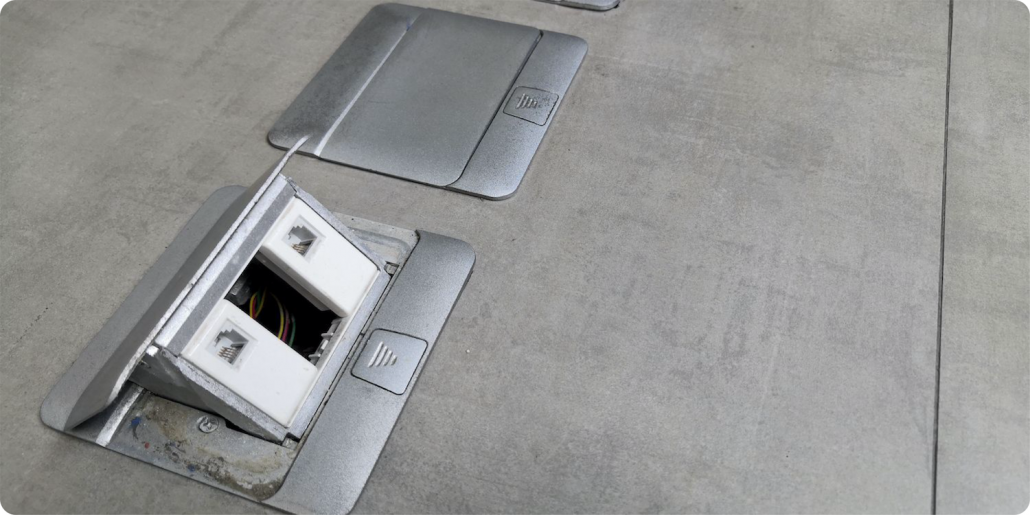January 6, 2021 | Cristina Dinulescu
While global sales of passenger cars were pretty slow in 2019, electric vehicles registered a very good year. According to the International Energy Agency, in 2019, 2.1 million electrical cars were sold globally, more than in 2018, which was actually another great year for this industry.
Making the transition from a traditionally powered vehicle to a fully electric one, or perhaps a crossover, will help you discover a completely new world. Using a battery-powered vehicle can have plenty of benefits, like low maintenance and operating costs. However, switching to electric cars is an important decision. So, whether you’re thinking of purchasing a new electric vehicle or a used one, or leasing an electric car, there are several things you should consider beforehand.
1. Forget About Driving Range Anxiety
One of the most important questions and a concern for the majority of people thinking about switching to electric cars is the car’s operating range. Interested drivers are wondering if the car’s operating range is sufficient. A few years ago, this would have constituted a problem, as electrical cars struggled to crack the 100-mile mark. Things have changed though and today, the current generation of battery-powered cars can run for more than 200 miles on a single charge, making the range topic a less important problem than it used to be.
However, even so, you will want to check the car’s operating range to make sure that it is sufficient for both your daily commute and your weekend activities. Also, you might want to overestimate your needs when considering the estimated range of your electric car. Driving on the highway will burn through more kilowatts of energy than you would normally do around town. The car’s operating range will suffer during the cold weather by 41%, but also in the summertime when the air conditioning is running, registering a drop of 17%.
2. Don’t Worry About Charging Electrical Vehicles
Charging electric cars is another common concern for people interested in purchasing such vehicles. Even though the number of public charging stations is growing, it’s still a good idea to charge the vehicle at home, not to mention it’s also cheaper. To charge a battery-powered car, all you need to do is to plug the vehicle into a standard 110-volt wall outlet, using a Level 1 charger. It can take anywhere from 8 to 24 hours.
Level 1 charging obviously has its limitation, so another method would be installing a charging station. You’ll need to call an electrician and have them install a 240-volt service in your garage for Level 2 charging, which can replenish a drained electric car battery in as little as 4 hours. You don’t really need to have a garage, as you can also purchase a charging unit for outdoor purposes and have it installed on the exterior of your house. Local building codes may apply.
Even if you do decide to invest in a charging unit, you might still want to know where available stations are located around your home or work. There will be times when you will need to give your battery-powered car a few extra jolts. Usually, public stations are installed in retail parking lots, public parking garages, at new-car dealerships, or on some urban streets.
Tesla has its own Superchargers network, exclusively for their models. Charges are generally limited to urban and suburban areas. Most public units are level 2, but some can provide level 3 charging, also known as DC Fast Charging. This type of unit can bring the electric car to 80% of its capacity in around 30-60 minutes.
To find out more about public stations, their locations, whether or they are being used, you can visit dedicated websites like PlugShare.com and PlugInAmerica.org or use apps like ChargePoint and EVgo.
3. The Difference Between Fully Electric & Hybrid
If you are looking to buy an electric car, you should know the difference between an electric and a hybrid one. If you are concerned about the environment and like the idea of an electric vehicle, but you are not fully convinced about owning a fully electric vehicle, you should consider the hybrid gas/electric option. These cars are much more efficient and greener than traditional cars. Plus they are more reliable as far as the operation range is concerned. Once the battery is out, the car will switch to gas and continue running.
Because there are more gas stations than public charging units, people are inclined to invest in hybrid vehicles than fully electric cars. So, if your driving habits include multiple trips or long commutes, then you might want to give hybrid automobiles a second thought.
4. Know All Maintenance Costs
Even though electrical cars are good for the environment, they aren’t exactly cheap. Because electric vehicles are sophisticated pieces of machinery, they can be quite expensive to maintain and fix, should problems appear. The truth is that not many licensed mechanics are familiar with this type of automobiles and they might not even know how to fix them. This forces the owner to deal with the vehicle manufacturer for parts or maintenance and that can be quite expensive.
For instance, the cost to replace a battery for an electric car can start at $5,500. Routine maintenance can also cost a lot for electric vehicles. So, when analyzing your options, you really need to consider this aspect.
5. Research Battery Performance
Clearly, the maintenance costs are high. Changing the battery is one of the highest expenses. But how often will you need to replace the battery? Even though manufacturers recommend to wait until reaching 500,000 miles, most batteries require replacing after 150,000 miles.
Extreme temperatures, power surges, or overcharging can all hasten the collapse of the battery. There is also such a thing as the “battery degradation” issue. What happens is that after an electric vehicle has been driven for more than 30,000 miles, it starts to lose its ability to hold a charge. You start to notice that you are no longer able to travel as far as you used to with the same charging level.
Over time, battery degradation worsens until it reaches the point where the battery needs to be replaced. And most automotive companies only offer a 60,000-mile warranty on the battery, after which the owner has to cover all costs.
6. Find Out All Available Incentives
All-electric and plug-in hybrid cars can be eligible for a federal income tax credit of up to $7,500. The amount of the tax credit depends on various factors, including the make and model of the car. If you are thinking of leasing a battery-powered automobile, then the tax break is applied to the transaction price, and this way the monthly payments are lowered. However, each automaker reduces the amount of the credits during the year after it sells 200,000 plug-in hybrids and/or electric cars. For instance, Tesla was the first manufacturer to hit the break, which means that it has dropped the tax credits.
Several states and cities offer their own incentives to battery-powered cars, usually taking the form of either a tax credit or a cash rebate. In some cases, financial help is provided to install a home charging unit. So, there are plenty of incentive programs being offered, you simply need to research all the details and check the programs offered in your area.
The truth is that rebates and tax credits are generally influenced by the political party in power. While some jurisdictions offer incentives, others are not so eager to do the same. Usually, left-leaning liberal governments are more likely to offer rebate programs.
You can search for federal and state incentives on the US Department of Energy website and you can learn more about applying for clean vehicle rebates in California here.











